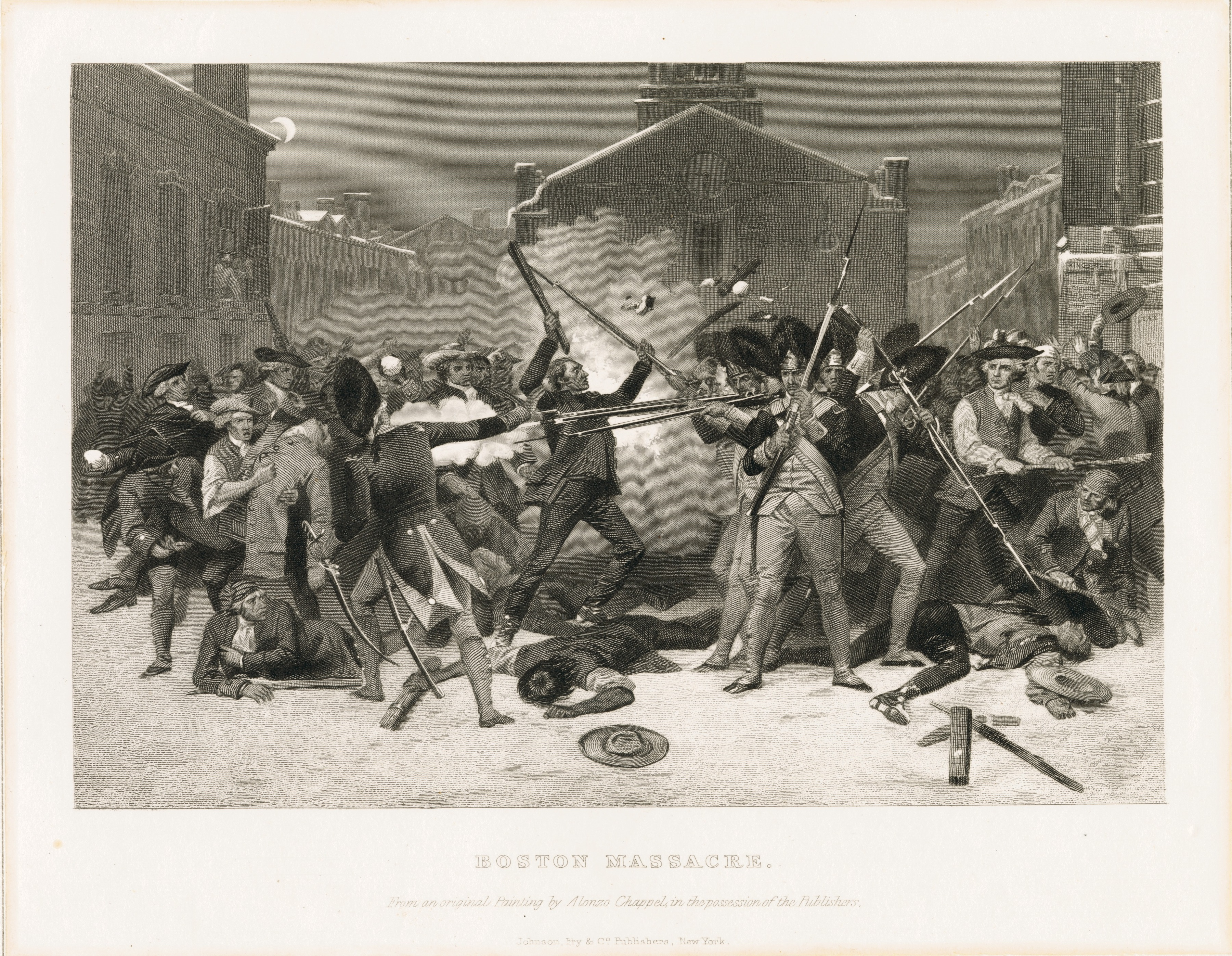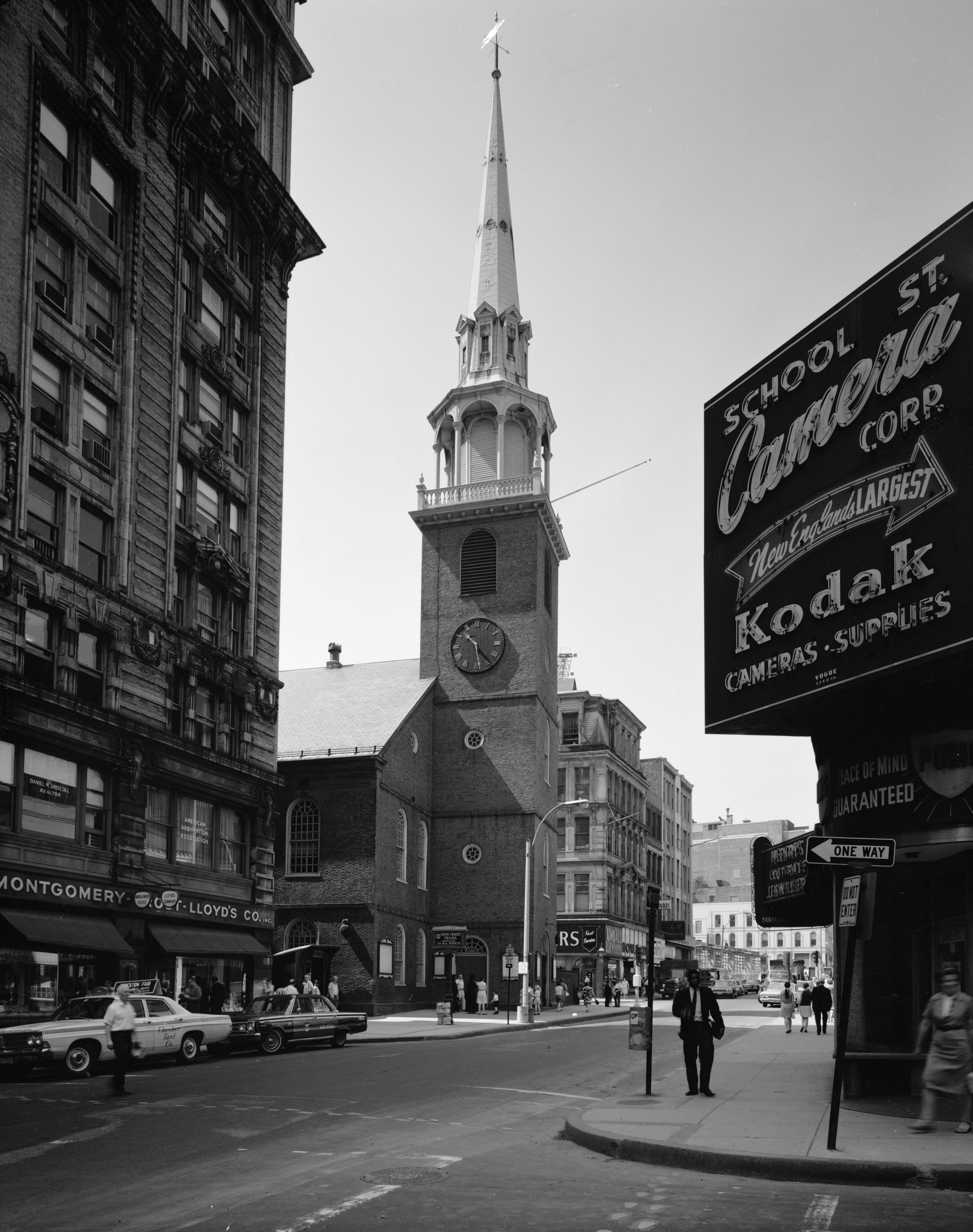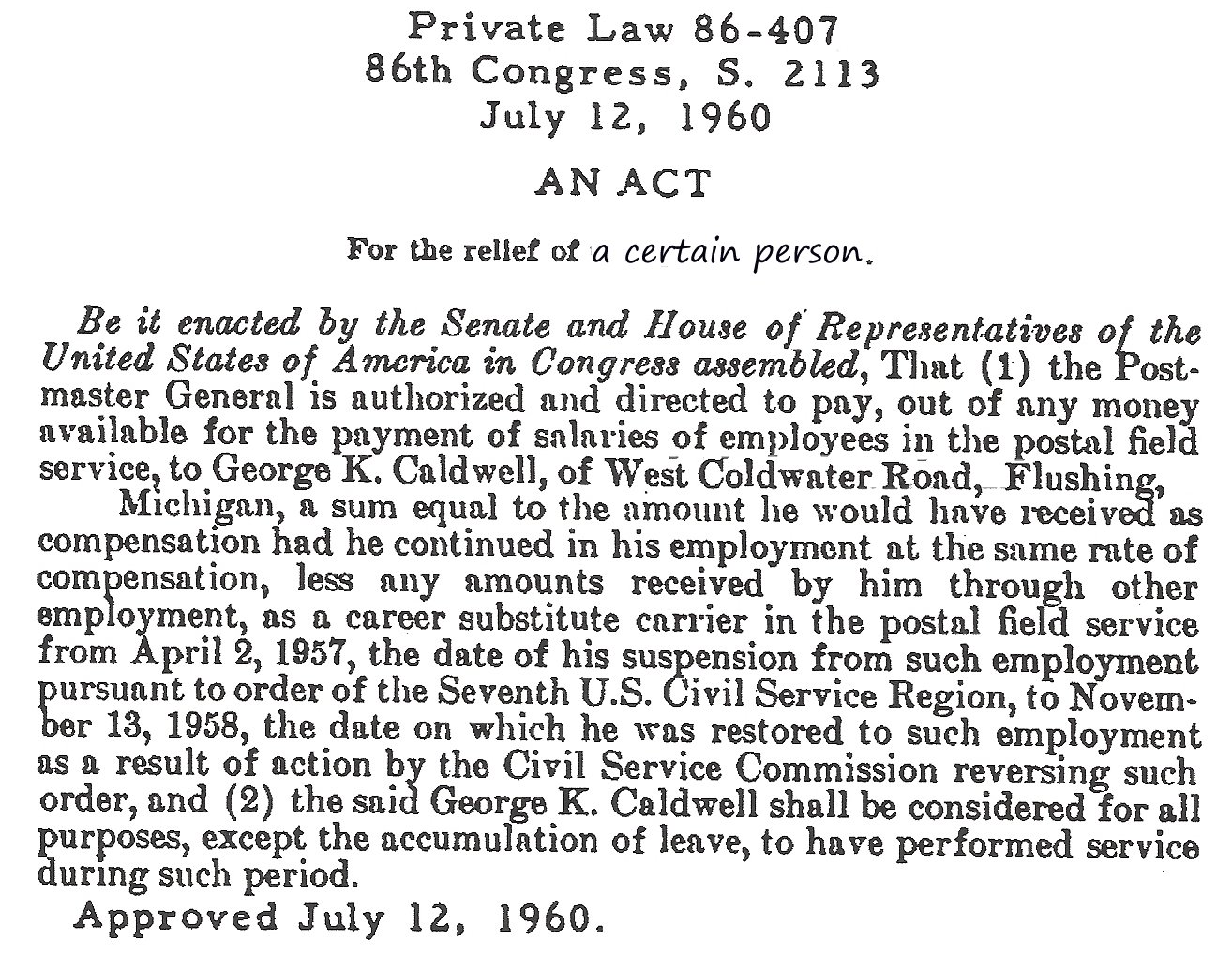|
Commanding General Of The United States Army
Commanding General of the United States Army was the title given to the service chief and highest-ranking officer of the United States Army (and its predecessor the Continental Army), prior to the establishment of the Chief of Staff of the United States Army in 1903. During the American Revolutionary War (1775–1783), the title was Commander-in-Chief of the Continental Army. In 1783, the title was simplified to Senior Officer of the United States Army. In 1821, the title was changed to Commanding General of the United States Army. The office was often referred to by various other titles, such as "Major General Commanding the Army" or "General-in-Chief". From 1789 until its abolition in 1903, the position of commanding general was legally subordinate to the United States Secretary of War; (senior member of the Cabinet of the United States, President's Cabinet), but was replaced by the creation of the statutory Chief of Staff of the United States Army, Chief of Staff of the A ... [...More Info...] [...Related Items...] OR: [Wikipedia] [Google] [Baidu] |
Brevet (military)
In military terminology, a brevet ( or ) is a warrant which gives commissioned officers a higher military rank as a reward without necessarily conferring the authority and privileges granted by that rank. The promotion would be noted in the officer's title (for example, "Bvt. Maj. Gen. Joshua L. Chamberlain" or "Bvt. Col. Arthur MacArthur"). It is not to be confused with a '' Brevet d'état-major'' in Francophone European military circles, where it is an award, nor should it be confused with temporary commissions. France In France, ''brevet'' is a word with a very broad meaning, which includes every document giving a capacity to a person. For instance, the various military speciality courses, such as military parachutism, are ended by the award of a brevet. The more important brevet in the French military is that of the École de guerre (''lit''. "school of war"), the French Staff College. Between 1870 and 1940, an ''officier breveté'' was a graduate of the ''École ... [...More Info...] [...Related Items...] OR: [Wikipedia] [Google] [Baidu] |
Chief Of Staff Of The United States Army
The chief of staff of the Army (CSA) is a statutory position in the United States Army held by a general officer. As the highest-ranking officer assigned to serve in the Department of the Army, the chief is the principal military advisor and a deputy to the secretary of the Army. In a separate capacity, the CSA is a member of the Joint Chiefs of Staff () and, thereby, a military advisor to the National Security Council, the secretary of defense, and the president of the United States. The CSA is typically the highest-ranking officer on active duty in the U.S. Army unless the chairman or the vice chairman of the Joint Chiefs of Staff are Army officers. The chief of staff of the Army is an administrative position based in the Pentagon. While the CSA does not have operational command authority over Army forces proper (which is within the purview of the combatant commanders who report to the secretary of defense), the CSA does exercise supervision of army units and organizations ... [...More Info...] [...Related Items...] OR: [Wikipedia] [Google] [Baidu] |
John Adams
John Adams (October 30, 1735 – July 4, 1826) was a Founding Fathers of the United States, Founding Father and the second president of the United States from 1797 to 1801. Before Presidency of John Adams, his presidency, he was a leader of the American Revolution that achieved independence from Kingdom of Great Britain, Great Britain. During the latter part of the American Revolutionary War, Revolutionary War and in the early years of the new nation, he served the Federal government of the United States, U.S. government as a senior diplomat in Europe. Adams was the first person to hold the office of vice president of the United States, serving from 1789 to 1797. He was a dedicated diarist and regularly corresponded with important contemporaries, including his wife and adviser Abigail Adams and his friend and political rival Thomas Jefferson. A lawyer and political activist prior to the Revolution, Adams was devoted to the right to counsel and presumption of innocence. He de ... [...More Info...] [...Related Items...] OR: [Wikipedia] [Google] [Baidu] |
Samuel Adams
Samuel Adams (, 1722 – October 2, 1803) was an American statesman, Political philosophy, political philosopher, and a Founding Father of the United States. He was a politician in Province of Massachusetts Bay, colonial Massachusetts, a leader of the movement that became the American Revolution, a signatory of the United States Declaration of Independence, Declaration of Independence and other founding documents, and one of the architects of the principles of Republicanism in the United States, American republicanism that shaped the political culture of the United States. He was a second cousin to his fellow Founding Father, President John Adams. He founded the Sons of Liberty. Adams was born in Boston, brought up in a religious and politically active family. A graduate of Harvard College, he was an unsuccessful businessman and tax collector before concentrating on politics. He was an influential official of the Massachusetts House of Representatives and the Boston Town Mee ... [...More Info...] [...Related Items...] OR: [Wikipedia] [Google] [Baidu] |
George Washington In The American Revolution
George Washington (February 22, 1732 – December 14, 1799) commanded the Continental Army in the American Revolutionary War (1775–1783). After serving as President of the United States (1789 to 1797), he briefly was in charge of a new army in 1798. Washington, despite his youth, played a major role in the frontier wars against the French and Indians in the 1750s and 1760s. He played the leading military role in the American Revolutionary War. When the war broke out with the Battles of Lexington and Concord in April 1775, Congress appointed him the first commander-in-chief of the new Continental Army on June 14. The task he took on was enormous, balancing regional demands, competition among his subordinates, morale among the rank and file, attempts by Congress to manage the army's affairs too closely, requests by state governors for support, and an endless need for resources with which to feed, clothe, equip, arm, and move the troops. He was not usually in command of the ... [...More Info...] [...Related Items...] OR: [Wikipedia] [Google] [Baidu] |
United States Bicentennial
The United States Bicentennial was a series of celebrations and observances during the mid-1970s that paid tribute to historical events leading up to the creation of the United States as an independent republic. It was a central event in the memory of the American Revolution#Commemorations, American Revolution. The Bicentennial culminated on Sunday, July 4, 1976, with the 200th anniversary of the adoption of the United States Declaration of Independence, Declaration of Independence by the Founding Fathers of the United States, Founding Fathers in the Second Continental Congress. Background The nation had always commemorated the founding as a gesture of patriotism and sometimes as an argument in political battles. Historian Jonathan Crider points out that in the 1850s, editors and orators both North and South claimed their region was the true custodian of the legacy of 1776, as they used the Revolution symbolically in their rhetoric. The plans for the Bicentennial began when 89th ... [...More Info...] [...Related Items...] OR: [Wikipedia] [Google] [Baidu] |
Public Law 94-479
In public relations and communication science, publics are groups of individual people, and the public (a.k.a. the general public) is the totality of such groupings. This is a different concept to the sociological concept of the ''Öffentlichkeit'' or public sphere. The concept of a public has also been defined in political science, psychology, marketing, and advertising. In public relations and communication science, it is one of the more ambiguous concepts in the field. Although it has definitions in the theory of the field that have been formulated from the early 20th century onwards, and suffered more recent years from being blurred, as a result of conflation of the idea of a public with the notions of audience, market segment, community, constituency, and stakeholder. Etymology and definitions The name "public" originates with the Latin '' publicus'' (also '' poplicus''), from ''populus'', to the English word ' populace', and in general denotes some mass population ("the ... [...More Info...] [...Related Items...] OR: [Wikipedia] [Google] [Baidu] |
Act Of Congress
An act of Congress is a statute enacted by the United States Congress. Acts may apply only to individual entities (called Public and private bills, private laws), or to the general public (Public and private bills, public laws). For a Bill (law), bill to become an act, the text must pass through both houses with a majority, then be either signed into law by the president of the United States, be left unsigned for ten days (excluding Sundays) while Congress remains in session, or, if vetoed by the president, receive a congressional override from of both houses. Public law, private law, designation In the United States, acts of Congress are designated as either public laws, relating to the general public, or private laws, relating to specific institutions or individuals. Since 1957, all Acts of Congress have been designated as "Public Law X–Y" or "Private Law X–Y", where X is the number of the Congress and Y refers to the sequential order of the bill (when it was enacted). ... [...More Info...] [...Related Items...] OR: [Wikipedia] [Google] [Baidu] |
General Of The Armies
General of the Armies of the United States, more commonly referred to as General of the Armies, is the highest military rank in the United States. The rank has been conferred three times: to John J. Pershing in 1919, as a personal accolade for his command of the American Expeditionary Forces during World War I; to George Washington in 1976, as a posthumous honor during the United States Bicentennial celebrations; and posthumously to victorious Civil War commander Ulysses S. Grant in 2024. The grade is sometimes described as a six-star general, as being senior to the five-star grade of General of the Army. However, no six-star insignia was ever officially created, and Pershing, the only person to be General of the Armies during his own lifetime, never wore more than four stars. Whether Pershing's grade should rank as four, five, or six stars has been a subject of debate ever since the five-star grades were created in 1944. To make Washington unambiguously the highest ranki ... [...More Info...] [...Related Items...] OR: [Wikipedia] [Google] [Baidu] |
Posthumous Promotion
A posthumous promotion is an advancement in rank or position in the case of a person who is dead. Posthumous promotions are most often associated with the military, but may be granted in other fields such as business, public safety, science, or the arts. The higher rank is typically intended as a ceremonial recognition of one's achievements, bestowed after their death, though in the case of the military can occur erroneously if the recipient is reported missing before their death is confirmed. Academic promotions The award of a posthumous degree relates to granting a university title after a student or faculty member has died. In many cases, honorary degrees may be bestowed upon the deceased. Military promotions The granting of posthumous military decorations and promotions in rank is very common for soldiers and sailors who are killed in combat. The Purple Heart is one such award which is routinely presented to service members killed in action. The presentation of posthumou ... [...More Info...] [...Related Items...] OR: [Wikipedia] [Google] [Baidu] |
Presidency Of Theodore Roosevelt
Theodore Roosevelt's tenure as the 26th president of the United States began on September 14, 1901, and expired on March 4, 1909. Roosevelt, a Republican Party (United States), Republican, took office upon the Assassination of William McKinley, assassination of President William McKinley, under whom he had served as Vice President of the United States, vice president, and secured a full term in the 1904 United States presidential election, 1904 election. He was succeeded by his protégé and chosen successor, William Howard Taft. A Progressive Era, Progressive reformer, Roosevelt earned a reputation as a "trust buster" through his regulatory reforms and United States antitrust law, antitrust prosecutions. His presidency saw the passage of the Pure Food and Drug Act, which established the Food and Drug Administration to regulate food safety, and the Hepburn Act, which increased the regulatory power of the Interstate Commerce Commission. Roosevelt took care, however, to show that he ... [...More Info...] [...Related Items...] OR: [Wikipedia] [Google] [Baidu] |
Theodore Roosevelt
Theodore Roosevelt Jr. (October 27, 1858 – January 6, 1919), also known as Teddy or T.R., was the 26th president of the United States, serving from 1901 to 1909. Roosevelt previously was involved in New York (state), New York politics, including serving as the state's List of governors of New York, 33rd governor for two years. He served as the 25th Vice President of the United States, vice president under President William McKinley for six months in 1901, assuming the presidency after Assassination of William McKinley, McKinley's assassination. As president, Roosevelt emerged as a leader of the History of the Republican Party (United States), Republican Party and became a driving force for United States antitrust law, anti-trust and Progressive Era policies. A sickly child with debilitating asthma, Roosevelt overcame health problems through The Strenuous Life, a strenuous lifestyle. He was homeschooled and began a lifelong naturalist avocation before attending Harvard Colleg ... [...More Info...] [...Related Items...] OR: [Wikipedia] [Google] [Baidu] |









